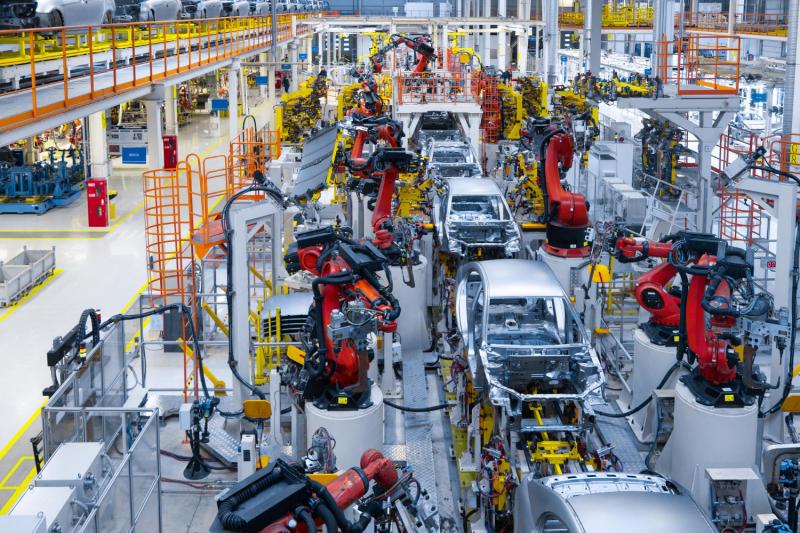Automotive Assembly is the cornerstone of vehicle manufacturing, encompassing the intricate process of bringing together various components to create a fully functional automobile. From the chassis and engine to the interior and electronics, automotive assembly plays a pivotal role in ensuring the seamless integration of these elements to produce high-quality vehicles that meet customer expectations.
Efficiency and quality are critical factors in the automotive industry, and automotive assembly is at the forefront of optimizing both. With the implementation of advanced technologies and innovative manufacturing processes, automotive assembly plants strive to streamline operations and improve production efficiency while maintaining the highest standards of quality.
The journey of Automotive Assembly begins with meticulous planning and coordination. Manufacturers analyze production requirements, develop assembly line layouts, and establish standardized procedures to ensure smooth operations. By carefully sequencing the assembly steps and optimizing the flow of materials, manufacturers can minimize waste, reduce production time, and enhance overall efficiency.
In recent years, automation has revolutionized automotive assembly, driving improvements in speed, precision, and reliability. Robots equipped with advanced sensors and programming are capable of performing repetitive tasks with unmatched accuracy and consistency. These robotic systems handle complex assembly processes, such as welding, painting, and component installation, resulting in increased productivity and improved product quality.
Furthermore, the integration of digital technologies has significantly impacted automotive assembly. Advanced software systems, Internet of Things (IoT) devices, and data analytics allow manufacturers to monitor assembly line performance in real-time. This enables proactive maintenance, timely identification of bottlenecks, and data-driven decision-making to optimize production processes and ensure efficient resource utilization.
Quality control is a paramount concern in automotive assembly. Stringent quality checks are implemented at every stage of the assembly process to identify defects and deviations from specifications. Visual inspections, dimensional measurements, functional tests, and durability assessments are conducted to ensure that each vehicle meets the highest quality standards before leaving the assembly line.
To maintain quality and minimize errors, continuous employee training and development programs are crucial. Skilled technicians and assembly line workers receive comprehensive training on the latest assembly techniques, equipment operation, and quality control protocols. This ongoing investment in human capital helps ensure that the assembly workforce remains competent and adaptable to technological advancements.
Moreover, sustainability has emerged as a significant consideration in automotive assembly. Manufacturers are adopting eco-friendly practices, such as using recyclable materials, reducing energy consumption, and implementing environmentally conscious manufacturing processes. By integrating sustainability into the assembly process, automotive manufacturers are contributing to the reduction of environmental impact and supporting a greener future.
Automotive Assembly plays a pivotal role in vehicle manufacturing by streamlining operations for efficiency and maintaining stringent quality standards. The integration of automation, digital technologies, and sustainable practices has transformed the assembly process, enabling manufacturers to produce high-quality vehicles with precision and speed. As technology continues to advance, automotive assembly will continue to evolve, driving the industry towards greater efficiency, quality, and sustainability.
